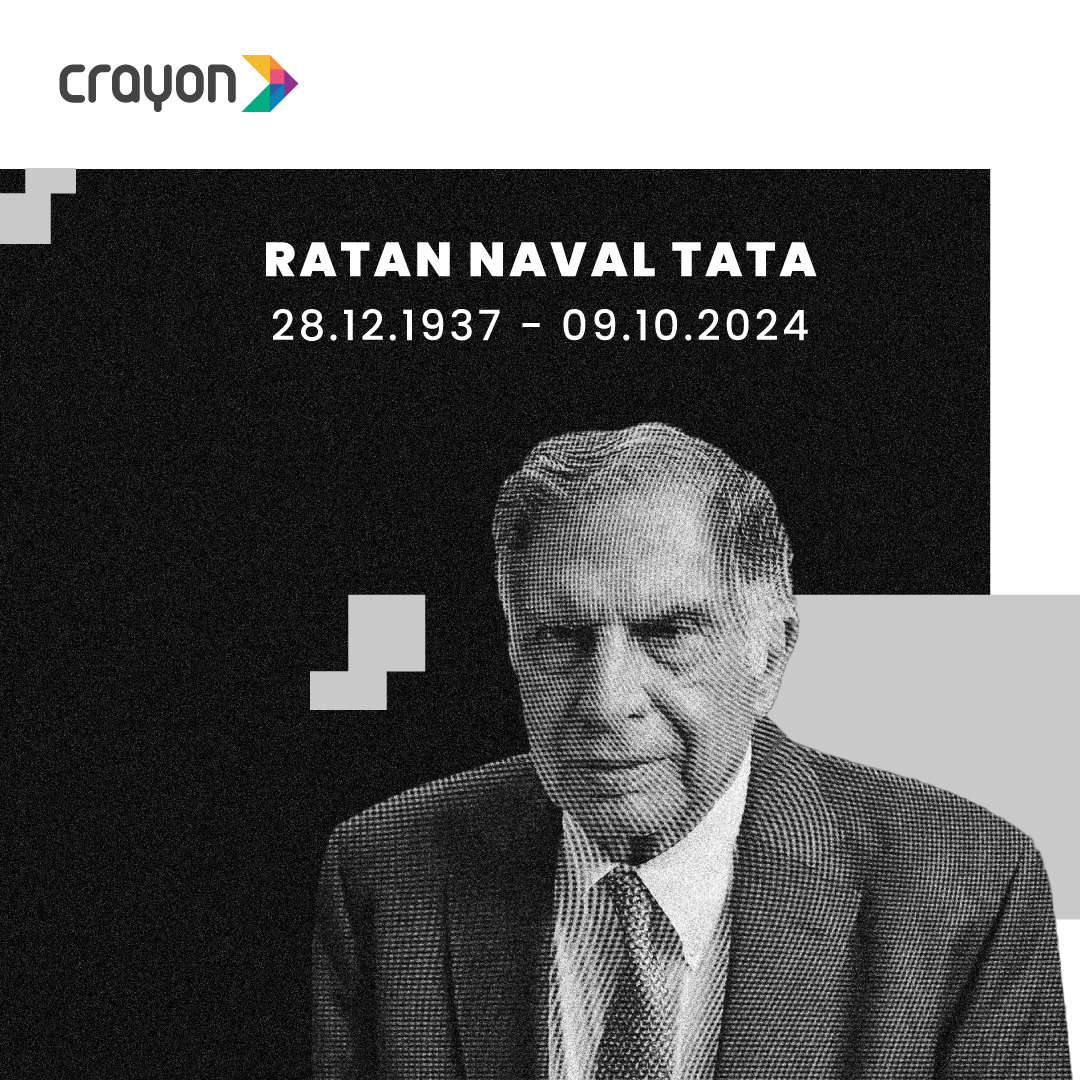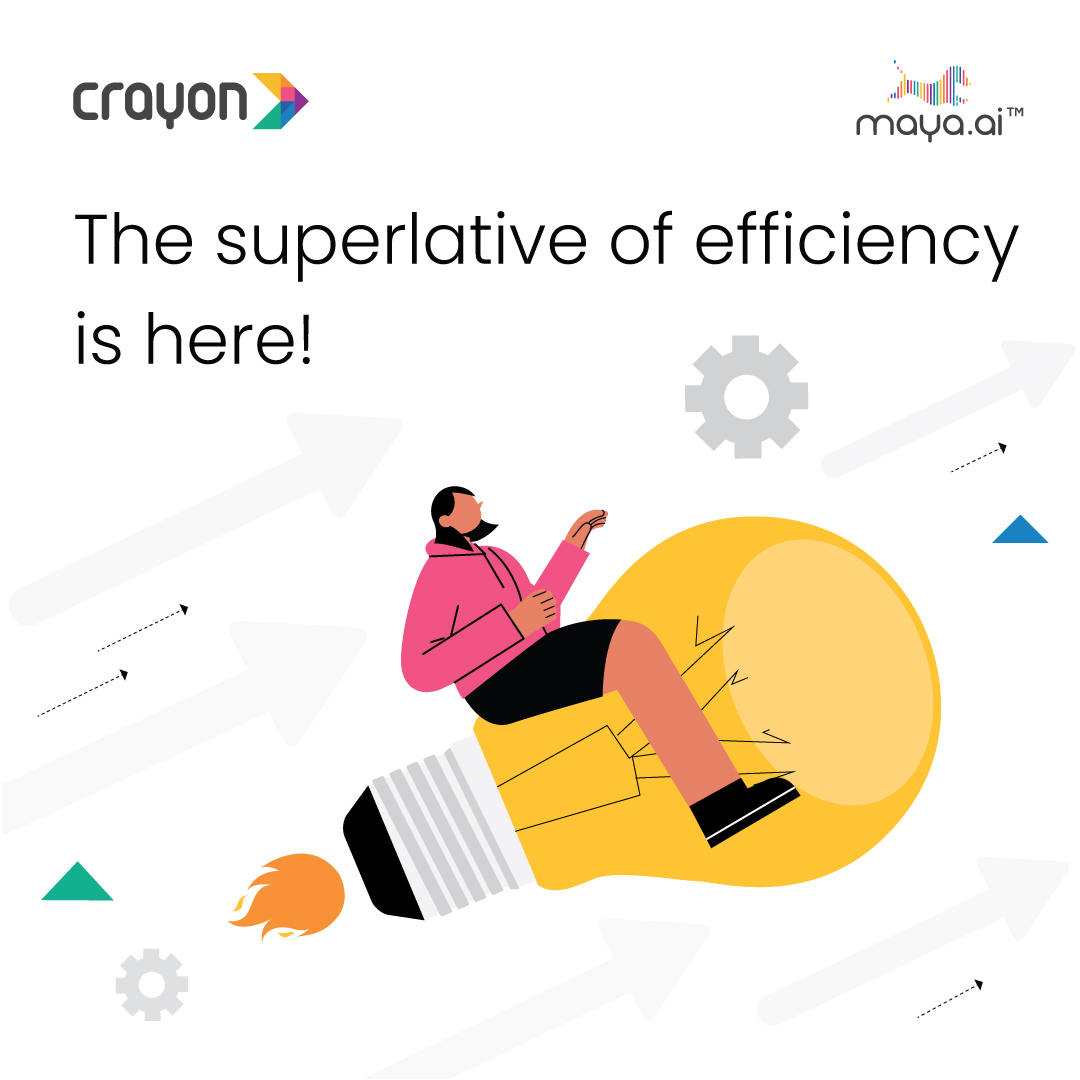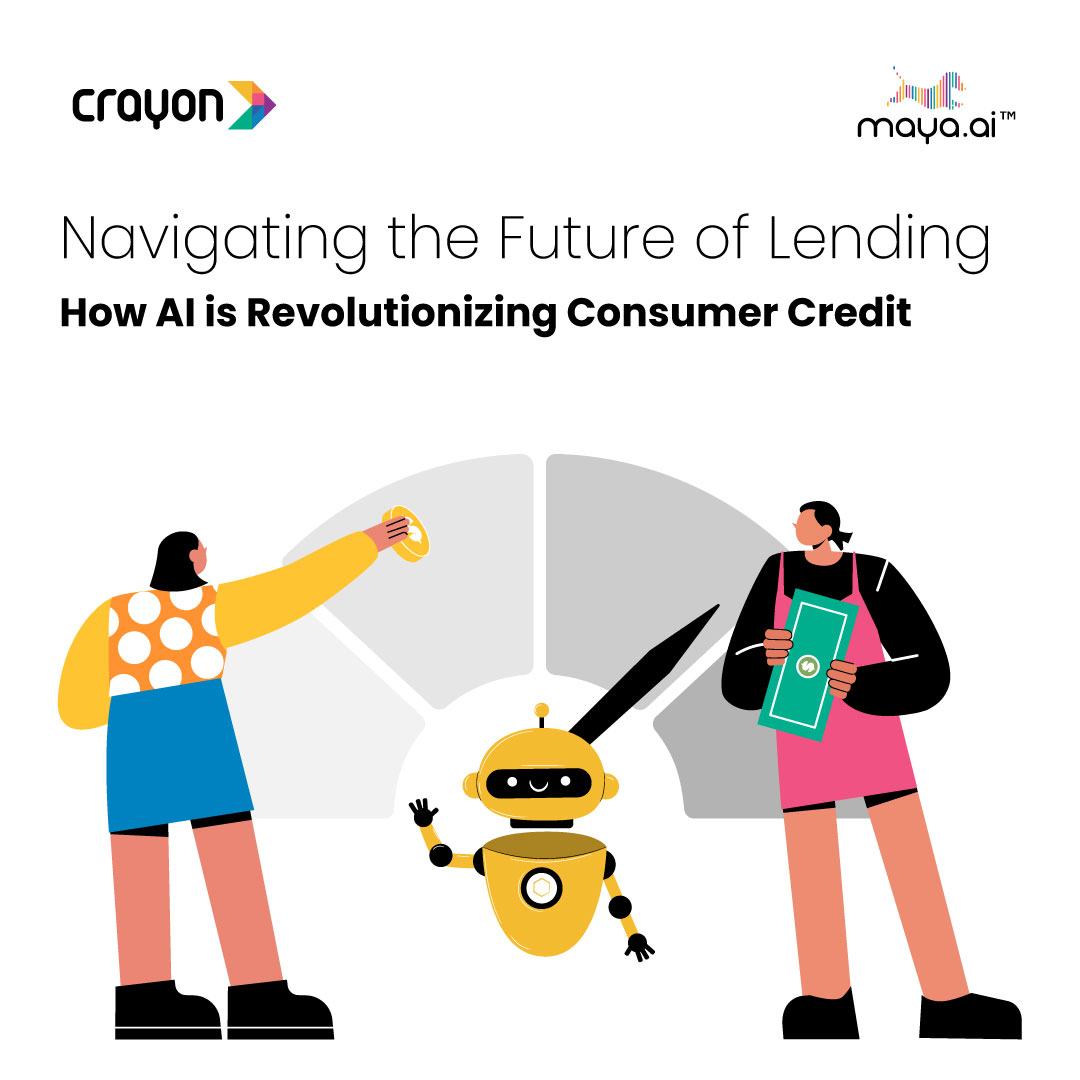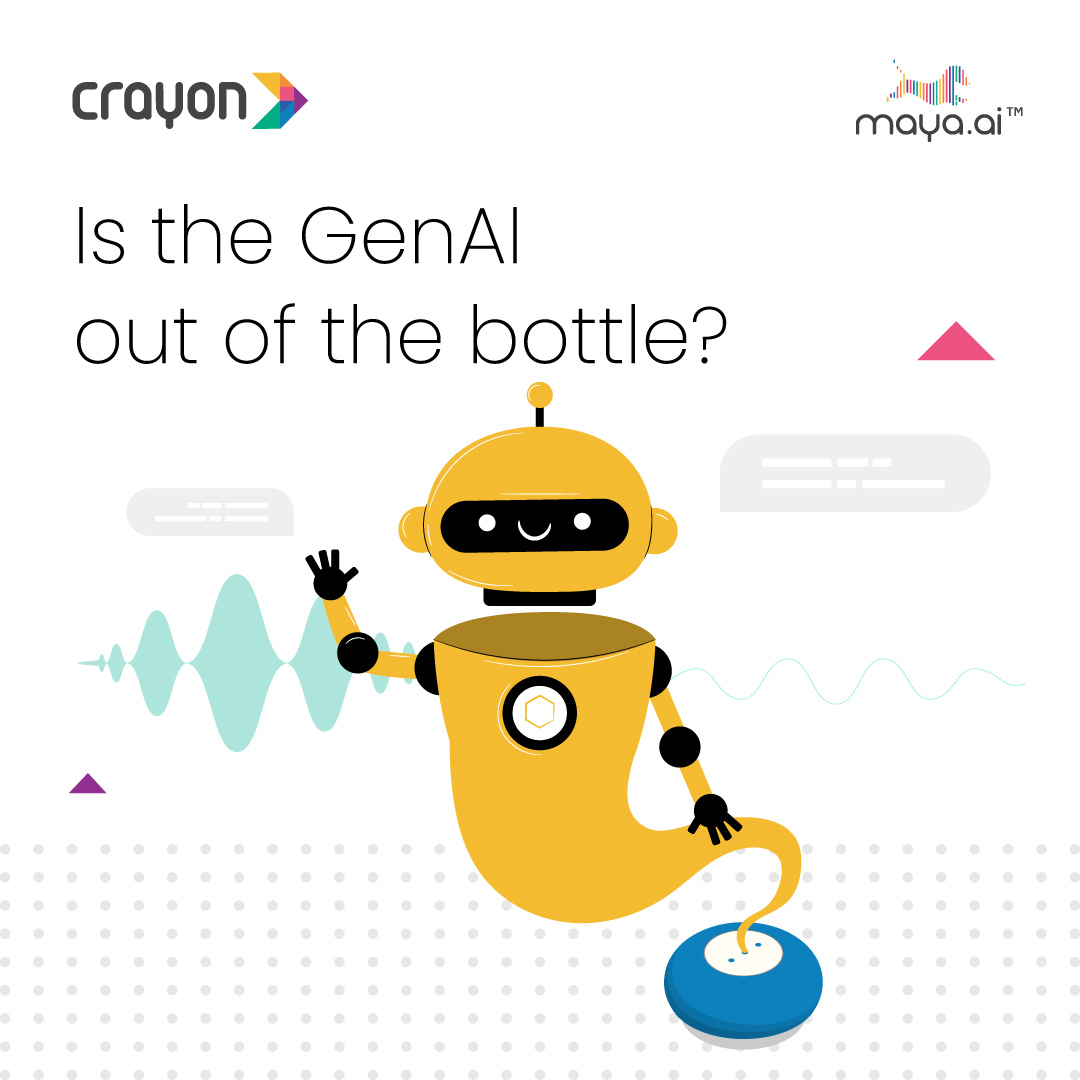We’re on the cusp of a real turning point for big data. Its applications are becoming clearer, its tools are getting easier and its architectures are maturing in a hurry. It’s no longer just about log files, clickstreams and tweets. It’s not just about Hadoop and what’s possible (or not) with MapReduce.
With each passing day, big data is becoming more about creativity — if someone can think of an application, they can probably build it. That makes the concept of big data a lot more tangible and a lot more useful to a lot more companies, and it makes the market for big data a lot more lucrative.
Here are five technologies helping spur a shift in thinking from “Why would I want to use some technology that Yahoo built? And how?” to “We have problem that needs solving. Let’s find the right tool to solve it.”
When it comes to open source big data projects, they don’t get much hotter than Apache Spark. The data-processing framework is garnering a lot of users and a lot of supporters — including from Hadoop vendors MapR and Cloudera — because it promises to be almost everything for Hadoop deployments (arguably the foundation of most enterprise big data environments) that MapReduce wasn’t. It’s fast, it’s easy to program and it’s flexible.




